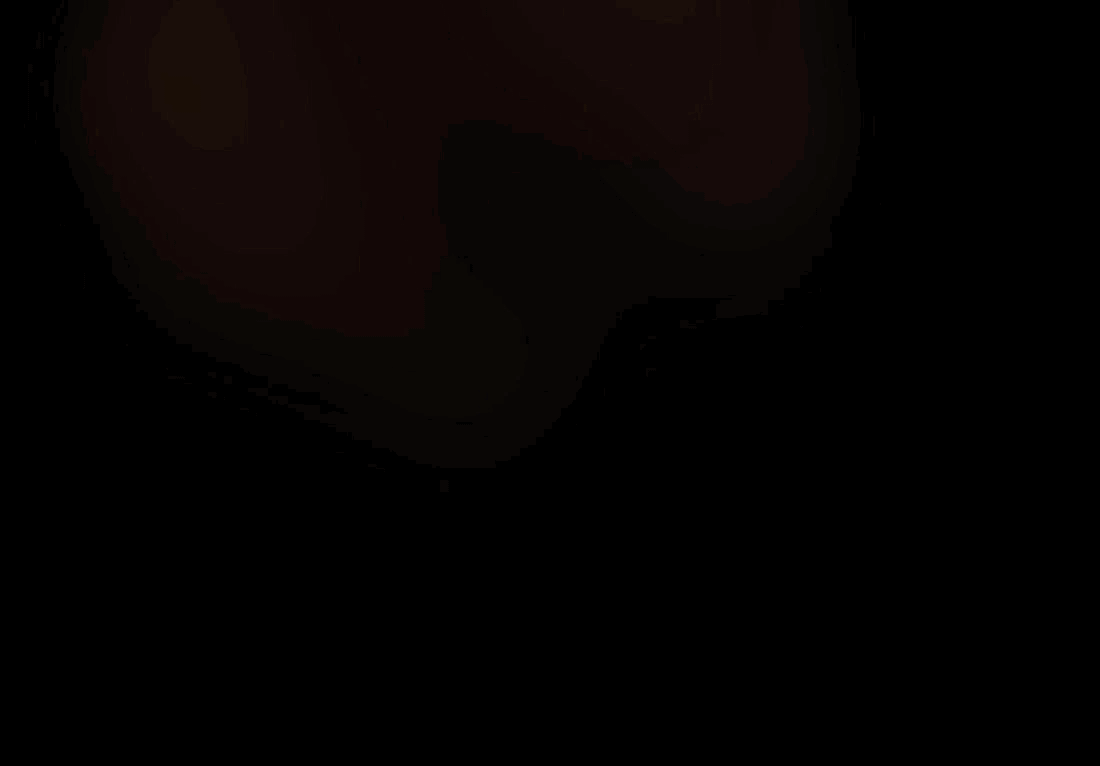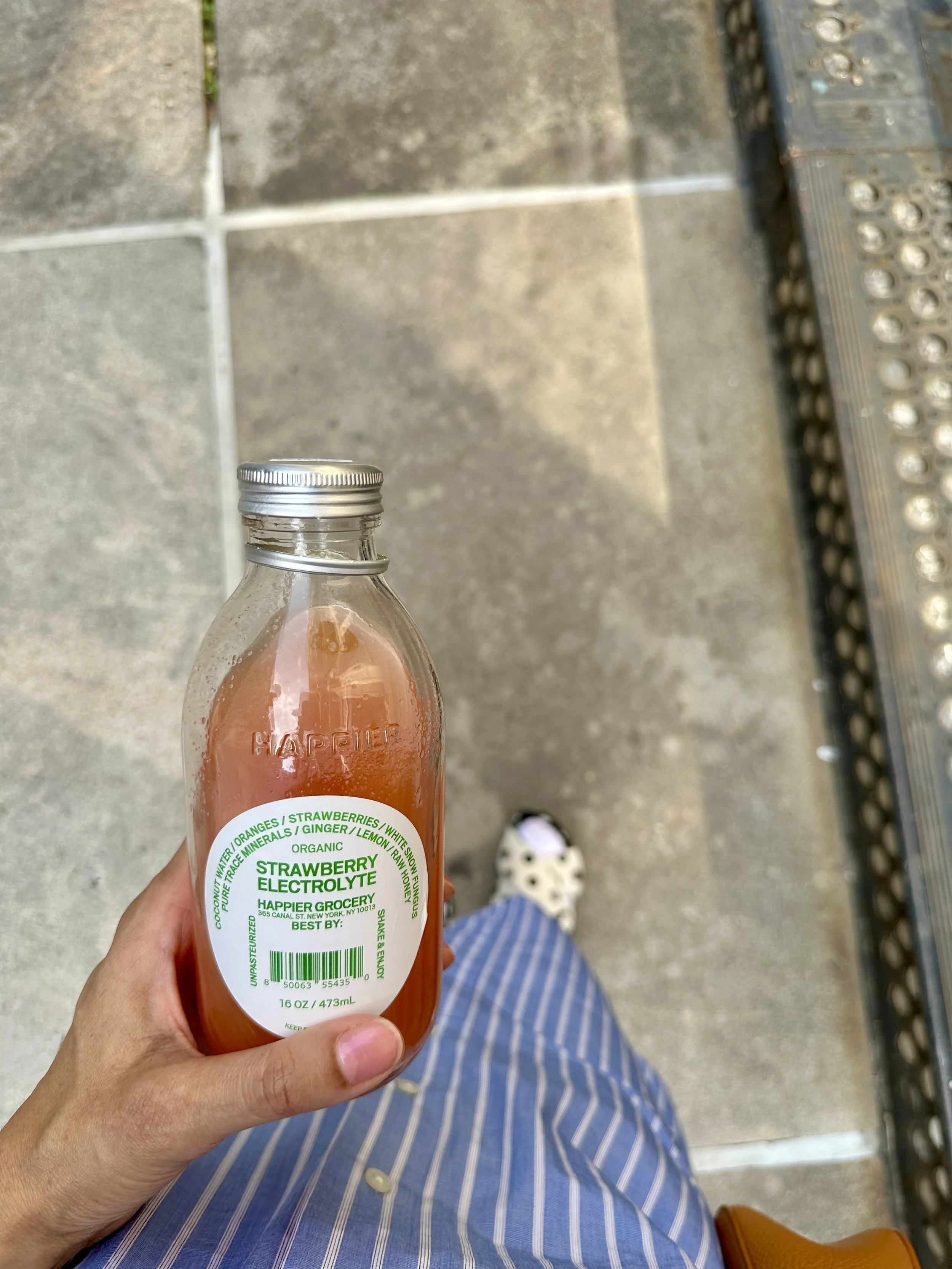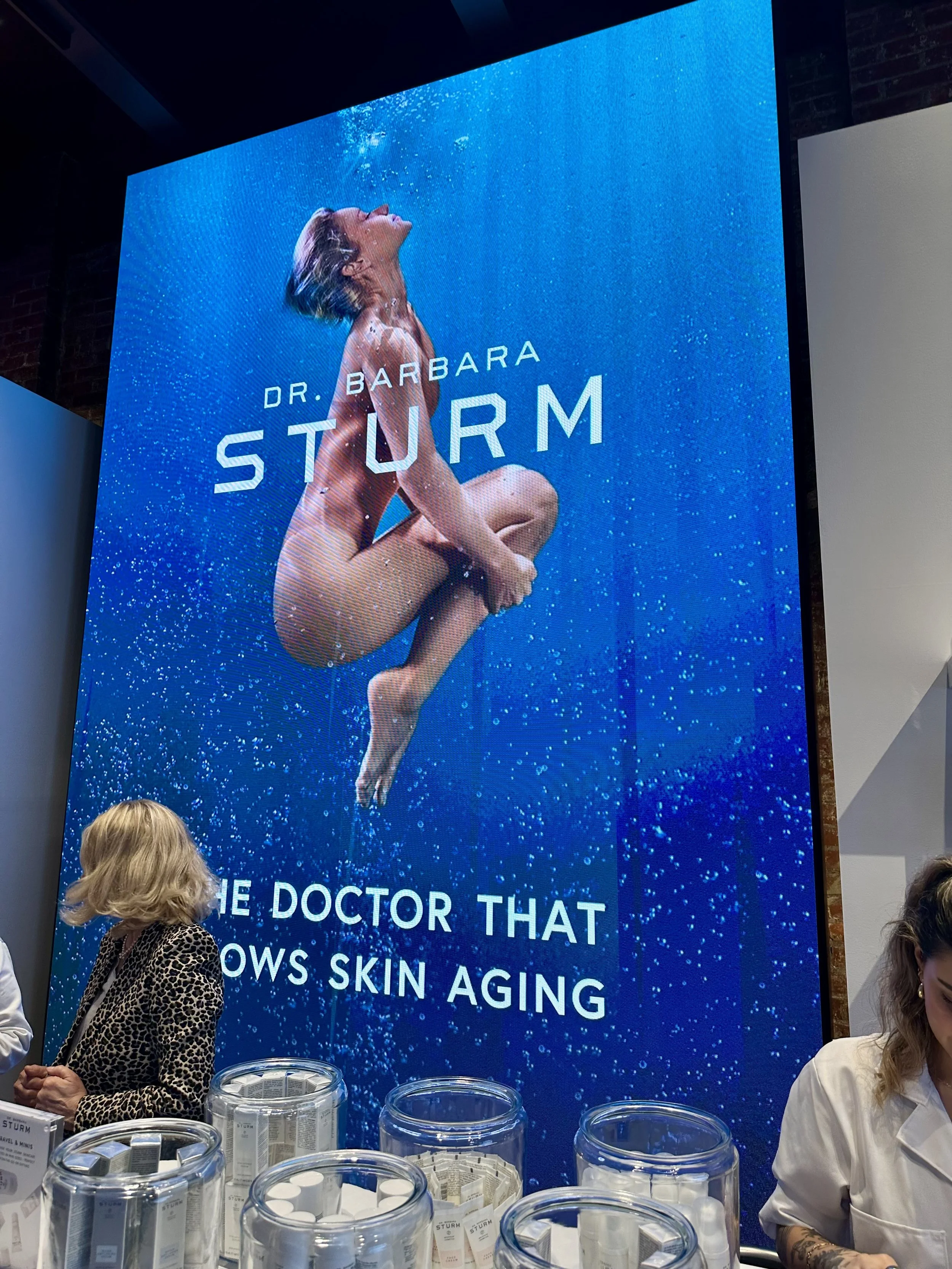Exfoliation: From Winter Treating to Summer Prepping
It’s been an exceptionally long winter with snow storms hitting us well into the first day of Spring, and dry, dull skin inundating us until Memorial Day. Our layers of dermis must be as confused as our wardrobes. What to do? A little treating and prepping for seasons to come with some at-home face and lip exfoliation and hydration.
1. Pads = Malin Goetz vs. Shea Moisture
2. Scrubs = DIY vs. Shea Moisture
3. Balms = Shea Moisture vs. Chanel
Facial and lip dermis are the most highly exposed skin areas, which means that the most extreme environmental factors affect them year-round. Treat them with care and start fresh for the new season by using gentle exfoliation pads and butters for these areas. Here is a comparison of the best winter/spring to summer prep in three categories: facial exfoliation, lip exfoliation, lip restoration and upkeep.
1. Face Exfoliation
Removing the top dermal layers of your precious money maker after months of extremely cold exteriors and overly heated interiors.
Malin + Goetz Resurfacing 10% Glycolic Acid Pads MG (50 pads) $52
VS:
Shea Moisture Superfruit Multi-Vitamin Renewal Peel Pads Superfruit Multi-Vitamin Renewal Peel Pads (60 pads) $14.99
a. MG has the simplest of the simple glycolic acid formulations, it’s a bit harsh for skin stepping into summer-hit-an-hour-ago weather.
What’s in it:
A straightforward trio of purified water, glycolic acid, and ammonium hydroxide (NH4OH). The 10% glycolic acid on top of the ammonium hydroxide without any additional moisturizers is the killer. A lot of peeps like it, but it left my normal, but hyperpigmentation-prone skin peeling for months after last use.
The point of using half the amount of office visit concentrations is that irritation, thus downtime, is decreased, while the aging look (visible pores and lines) is still addressed. MG advises to ease skin into the treatment by using it for only 20 minutes prior to bed, then leaving it on overnight. With minimal use (1 day/week instead of 3) and half the percentage of glycolic acid used in average derma office peels (20%), it remains a bit too drying for winter treatment. A trusty moisturizer is definitely needed.
b. SM has a slew of ingredients that are a mix of chemical and natural exfoliators along with moisturizers/restoratives. With nightly use and aloe vera as a major glycolic acid solvent, it’s more tolerable for year-round use.
What’s in it:
Key components are aloe vera, glycolic acid, sodium hydroxide, shea butter, and fruit extracts which did not leave skin with a harsh peeling after-effect. Because many of its ingredients have redundant functions, it means using less of each one while protecting skin from potential damage. Oranges, lemon, grapefruit, and apples provide natural exfoliation to the top layers of skin.
The Size-up:
Although both MG and SM pads contain glycolic acid, they differ in the type of hydroxide and the addition of hydrating and healing agents (Figure 1). The addition of glycolic acid-type ingredients in SM pads makes them as effective in exfoliation as the MG product, but does not overly dry or harm sensitive skin and also prevents further damage. The sun and artificial UV light can cause a lot of damage to skin during treatment with chemical (synthetic or natural) exfoliators. The use of rice in SM also helps to decrease skin aging and inflammation cascades in skin cells due to UVB exposure or damage. Inflammation and apoptosis lead to skin aging, which result in sun-related or wrinkles (Figure 2).
AHA:
Acids like citric, lactic, and glycolic are AHA’s (Alpha-hydroxy acids) address different types of skin (hello, pink to yellow to dark and normal to dry to oily) and conditions (aging, hyperpigmentation, acne). When used as facial masks, sugar scrubs, milk masks, and lemon treatments provide glycolic, lactic, and citric, respectively. Higher percentages and longer treatments of glycolic acids can address the deeper layers of skin in addition to only the superficial layers (dead skin cells). No worries, I’m not getting into the L and D forms and their roles in the cell cycle, but the adverse side effects are of note.
pH:
The degree of exfoliation relies on the pH (“acidic”) value of the chemicals used.
pH Scale Basics: Spans from pH 1-14 where pH 1 = most acidic, pH 14 = most basic
Hydroxides (OH): MG contains ammonium hydroxide (NH4OH) while SM uses sodium hydroxide (NaOH), which are both pH adjusters and potentially irritating. NH4OH is more acidic than basic (pH = 10), while NaOH, positioned toward the high end of the pH scale, is highly basic, (pH = 13). The use of only 0.15% of NaOH can negatively affect barrier function and self-moisturizing for both normal and affected skin conditions. The continued use of NaOH benefits from the addition of rejuvenating ingredients in the SM exfoliating pads.
Hydration:
The addition of aloe vera instead of water offers healing, anti-inflammatory, and anti-bacterial properties to the SM pads. This combats the drying or wound-creating properties of the acids that cause peeling. Skin senses the peeling as an “attack” and will go into “rescue” mode, so aloe vera neutralizes that.
Check It
Nerds in the lab have given legit warnings against AHA use. Either sun exposure or overuse can cause sagging, wrinkles, cancer, and hyperpigmentation. Learning about these issues scared the melanin out of me while growing up, so I tended to take the natural path. It’s pretty dope that SM adds ingredients like phenol- and flavonoid-containing lemon and papaya, that prevent UV damage, like cancer. The revival collagen, which means skin renewal, is also offered with citric AHAs and shea butter.
2. Lip Exfoliation
Shedding your pucker due to unheated interaction during that long arse winter.
DIY
vs.
Shea Moisture Superfruit Complex Superfruit Lip Exfoliator $6.49-$9.99
A. DIY lip exfoliators have been in use since forever as a simple treatment for less than readable (or kissable) lips.
What’s in it:
Kitchen formulations readily contain sugar (brown, unrefined, coconut, etc.), honey, lemon, oil (olive, sunflower, castor, etc.) (Figure 3B). Just as described for the exfoliating facial pads, the sugar sources and lemon provide AHA’s while the oils impart emollient activity (softening and moisturizing). So, you can make this at home while something’s baking anyway (Figure 3A), or grab a product that possesses these qualities and more.
B. SM uses shea butter and castor oil to heal and moisturize along with other oils and waxes. To take advantage of the slew of lip plumping, exfoliating, and moisturizing benefits of the added fruit extracts, leave it on long enough and use it often enough.
What’s in it:
Apricot and grape seed contain phenols, chlorogenic acid and resveratrol, respectively, which act as astringents, antioxidants, and exfoliators. The levels of these components, as well as flavonols and vitamin c, are based on their origin and growth conditions. Apricots are abundant with vitamin c when cultivated in irrigated conditions in Turkey. So, hopefully SM picked trusty sources for their ingredients (Figure 3C).
3. Lip Restoration and Upkeep
Hydrating renewed smackers with glossy and minty treats.
Shea Moisture African Water Mint & Ginger Shea Butter Lip Balm $3.99
vs.
Chanel Gloss Volume Plumping Lipgloss $30
A. SM’s formula consists with natural ingredients, meaning plants, waxes, and oils that heals and conditions perturbed lips.
What’s in it:
Water mint (Mentha aquatic), which hails from the EU, Asia, and Africa, emits the quintessential mint scent from its entirety. Castor seed oil and Candelilla (Euphorbia cerifera) are reliable skin moisturizers and softening agents (emollient). The addition of ginger (Zingiber officinale) is perfect for treating sensitive just-exfoliated lips because it heals wounds and proliferates cells. Like in the exfoliating pads, phenols, such as Barbary fig (Opuntia ficus-indica) are added to assist in dermal renewal.
B. Chanel plumps, cools, and enhances using a high-shine formula. Surprisingly, most of the ingredients are synthetic, which makes one wonder why the Big C would not shell out for natural components.
What’s in it:
Synthetic menthol (menthoxypropanediol) can be found in Vaseline and has been shown to cause lip product-related dermatitis. Microcirculation improvement and phenols are afforded with extracts of Brazilian pepper tree seeds, like indigenous homies did for their medicinal values in improving collagen, inflammation, and wounds. The main base is the petroleum derivative polybutene (C8H16), which is plasticizer and used to increase viscosity.
Extra, Extra
Sealing in moisture of newly exfoliated pouts can be achieved by gliding on both lip balms and glosses. To reap their varied benefits, the SM balm and C gloss minty offerings are best used at bedtime and daytime, respectively. Mint remains a tried and true ingredient from mouth wash to eye cream since before we were alive. SM is a reasonable option if you’re not into mint because it’s scent is not as strong as Big C’s. Otherwise, the choice basically depends on your wallet and the desired look (Figure 4).
If you're in need of a bit of shedding during winter or before summer, then check out the ingredients list on the products before dropping your change on them. Shea Moisture products* have not yet disappointed my brown girl skin, which is why the categories here include them- I've tested them for 6 months-1 year. Always choose what works best for your skin type, tone, complexion, and sensitivities. Stay $cience Beautiful.
Lab Homies
Angelova-Fischer I, et al. (2014) Skin Barrier Integrity and Natural Moisturising Factor Levels After Cumulative Dermal Exposure to Alkaline Agents in Atopic Dermatitis. Acta Derm Venereol, 94: 640–644.
Estevão LRM. (2017) Schinus terebinthifolius Raddi ( Aroeira) leaves oil attenuates inflammatory responses in cutaneous wound healing in mice. Acta Cir. Bras. 32 (9).
Kan et al. (2014) Phenolic compounds and vitamins in wild and cultivated apricot (Prunus armeniaca L.) fruits grown in irrigated and dry farming conditions. Biological Research, 47:46.
Kim HI, et al. (2018) 3,5,6,7,8,30,40-Heptamethoxyflavone, a Citrus Flavonoid, Inhibits Collagenase Activity and Induces Type I Procollagen Synthesis in HDFn Cells. Int. J. Mol. Sci., 19 (620).
Lin TK et al. (2017) Anti-Inflammatory and Skin Barrier Repair Effects of Topical Application of Some Plant Oils. Int. J. Mol. Sci., 19 (70).
Nguyen TT et al. (2016) Chemical Characterization and in Vitro Cytotoxicity on Squamous Cell Carcinoma Cells of Carica Papaya Leaf Extracts. Toxins, 8 (70).
Nobile V et al. (2016) Skin photoprotective and antiageing effects of a combination of rosemary (Rosmarinus officinalis) and grapefruit (Citrus paradisi) polyphenols. Food & Nutrition Research, 60: 31871
Petersen KS and Smith C. (2016) Ageing-Associated Oxidative Stress and Inflammation Are Alleviated by Products from Grapes. Oxidative Medicine and Cellular Longevity.
Prakoso YA and Kurniasih. (2018) The Effects of Aloe vera Cream on the Expression of CD4+ and CD8+ Lymphocytes in Skin Wound Healing. J. of Tropical Medicine.
Raimondo S, et al. (2015) Citrus limon-derived nanovesicles inhibit cancer cell proliferation and suppress CML xenograft growth by inducing TRAIL-mediated cell death. Oncotarget, 6, (23)
Subedi L et al. (2017) Resveratrol-Enriched Rice Attenuates UVB-ROS-Induced Skin Aging via Downregulation of Inflammatory Cascades. Oxidative Medicine and Cellular Longevity.
Tang SC and Yang JH. (2018) Dual Effects of Alpha-Hydroxy Acids on the Skin. Molecules, 23 (863).
Yi R et al. (2013) A study of lycium barbarum polysaccharides (LBP) extraction technology and its anti-aging effect. Afr J Tradit Complement Altern Med. 10(4):171-174.
*This is not a paid endorsement or advertisement for any brand shown.



















































Step aside, straight lines and cerebral detachment- Pat Steir isn’t here for minimalist politeness. ransformation is a mechanism that came to mind. When Steir first painted directly on gallery walls in 1975, she shattered the boundary between artwork and spectator, insisting that immersion is the purest form of perception.